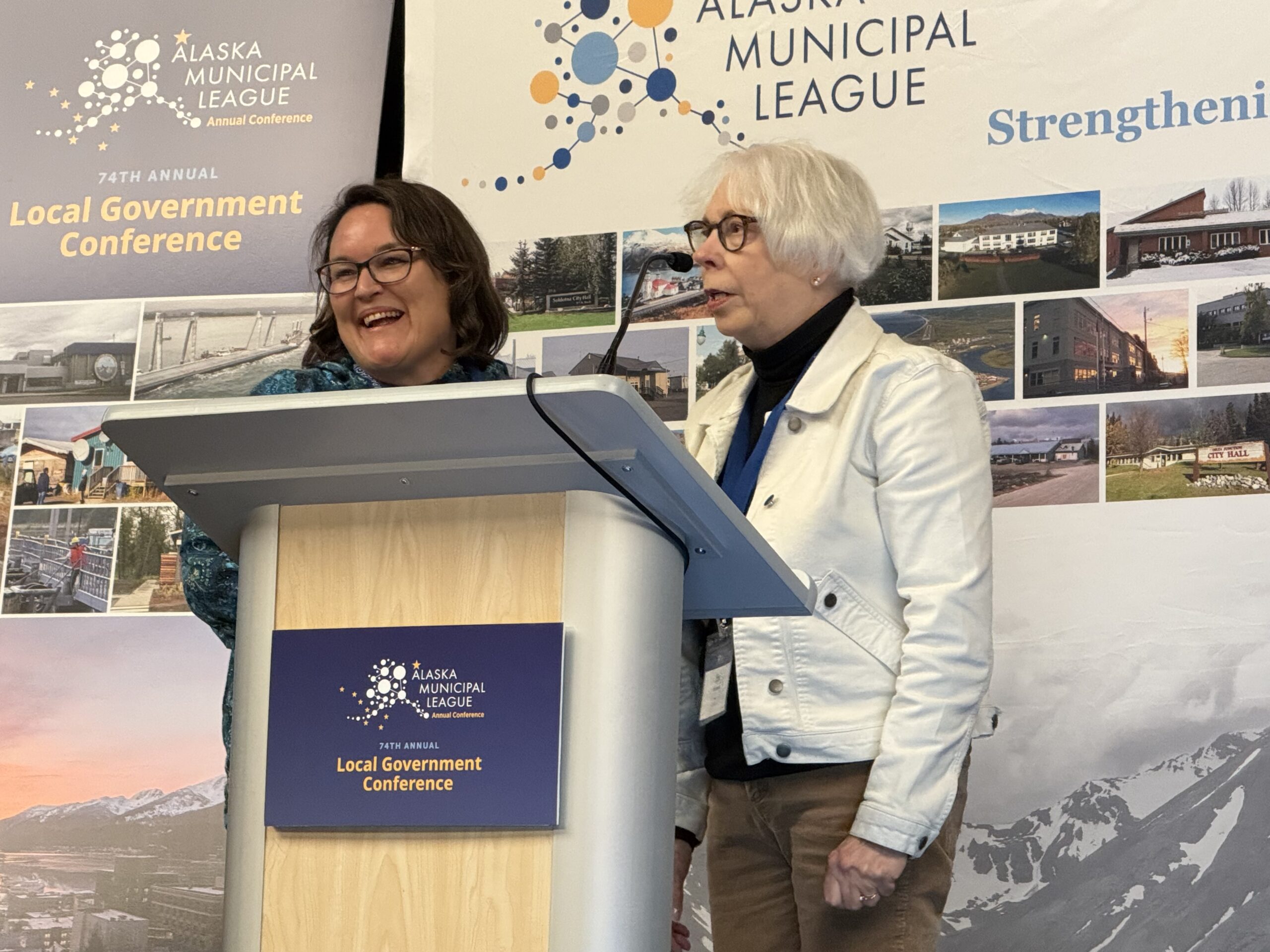n order to celebrate three years of three+one blogs we will be celebrating by posting three of our staff-picked favorites. Throughout our travels and from the conferences we’ve attended we’ve tripled the size of our list. That means that many of you will be reading these for the first time! Enjoy and stay tuned for more commentary, advice, and news.
One of the top questions the nation’s public and Higher Ed financial officers ask me as I travel across the country is:

“Which is better when paying for bank services, hard fees or soft fees?”
In today’s world of public banking, the practice of using bank deposits to cover the cost of banking services has come under far greater scrutiny.
More and more, we’re seeing soft charges for banking services—through the use of bank deposits and the Earnings Credit Rate (ECR)— being replaced with actual hard fees.
At first blush, even the mention of hard fees may be unacceptable to you. But, after a closer look, the practice can produce a significant rise in net income to an entity like yours.
As a case in point, an entity with monthly bank fees of $1,000 coupled with $10 million in deposits would have a far more positive financial outcome if hard fees were charged vs. soft ones.
The use of soft fees, coupled with an ECR of .20 basis points, will earn a net income of $20,000 versus a hard fee of $12,000 coupled with deposits earning .75+ basis points. Such an arrangement will produce net earnings of $75,000—a difference of over 300%! The bank charges are transparent and can be deducted against the earnings of the deposits.
My advice is to talk to your banker(s) and do the calculations. First start with your bank analysis statements and compare them against the potential you can earn on deposits out in the marketplace. On average, a Bank Deposit Investment Account (BDIA) can earn between .75 to 1.10%+. Combine that with other bank deposit savings accounts and state pool funds, if available, and you could see minimum income earnings of .75 basis points on your cash. Best of all, this can be done while still meeting all your regulatory, legal, safety, and liquidity requirements.
The more money you add to your bottom line, the less financial stress on your entity, your community—and you. In the end, having this fee discussion with your banker may turn out to not be “a hard conversation” at all.
———————————————-
See Us At These Upcoming Events and Conferences:
GFOA South Carolina – May 1
National GFOA in Denver – May 21
New York State Association of Counties Finance School- May 2-4


